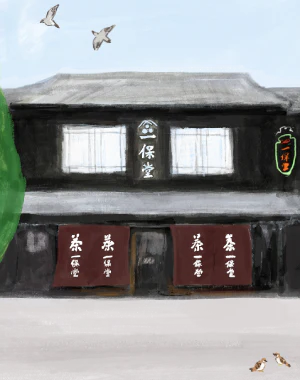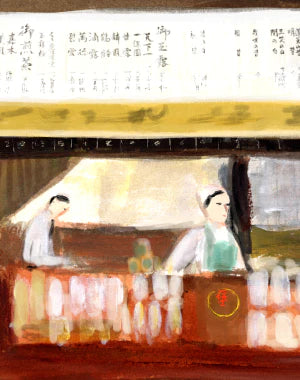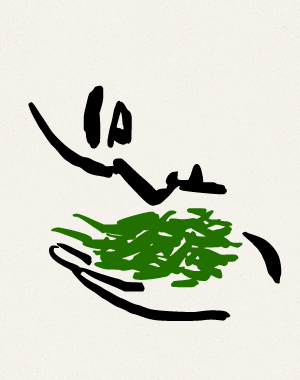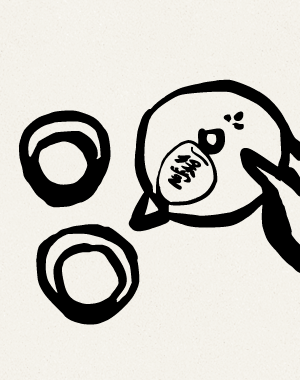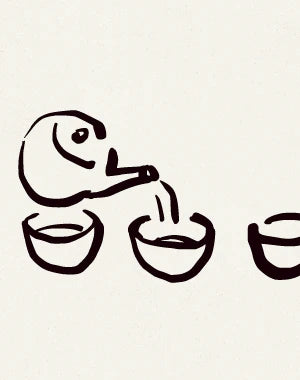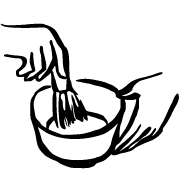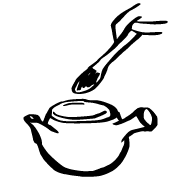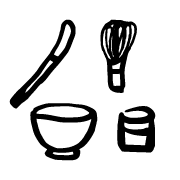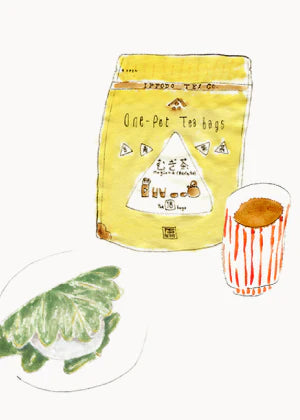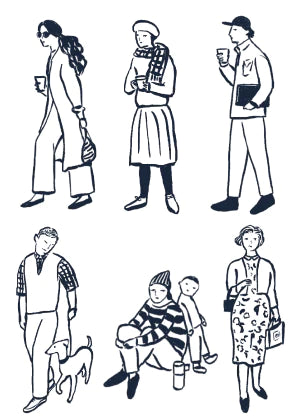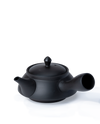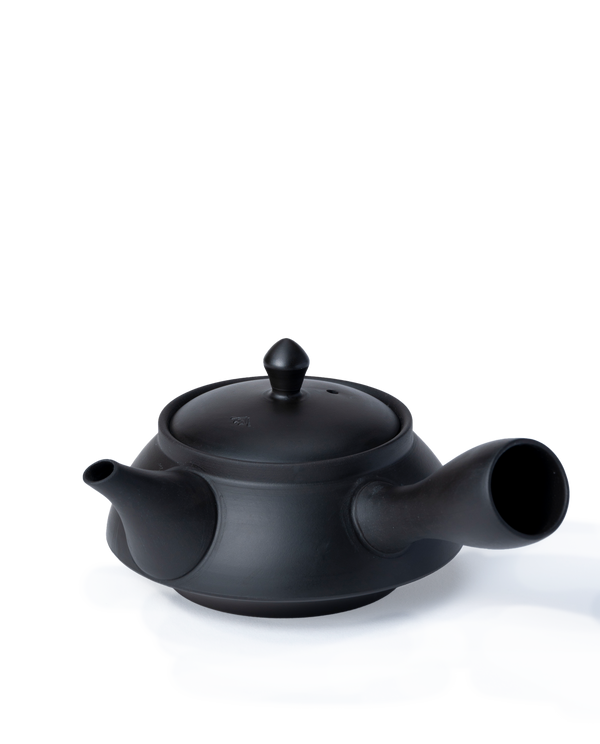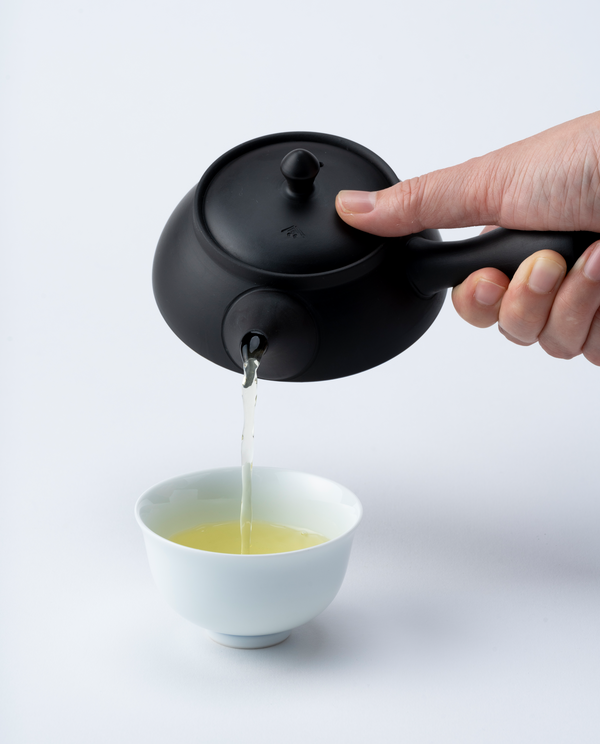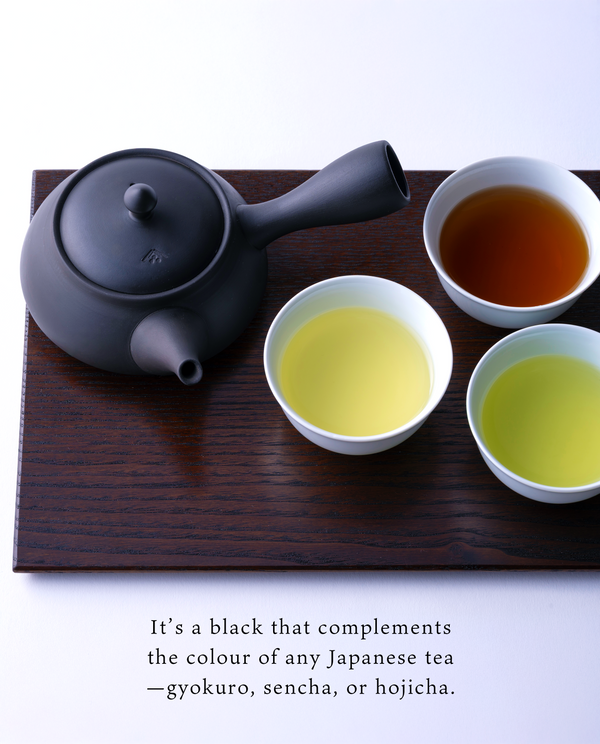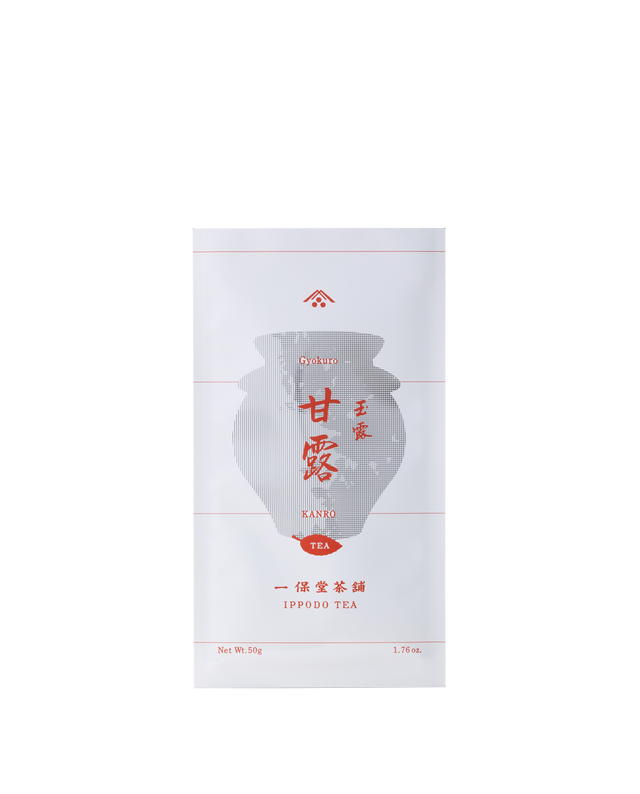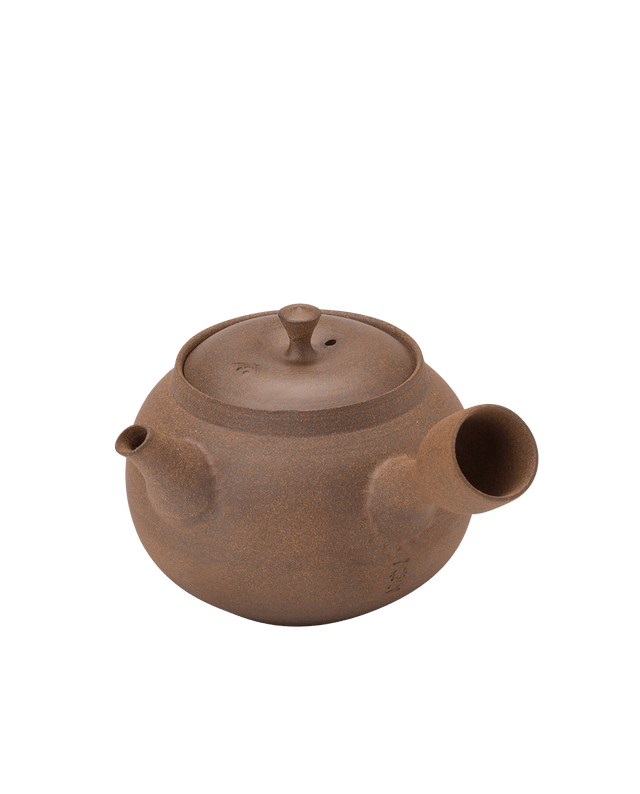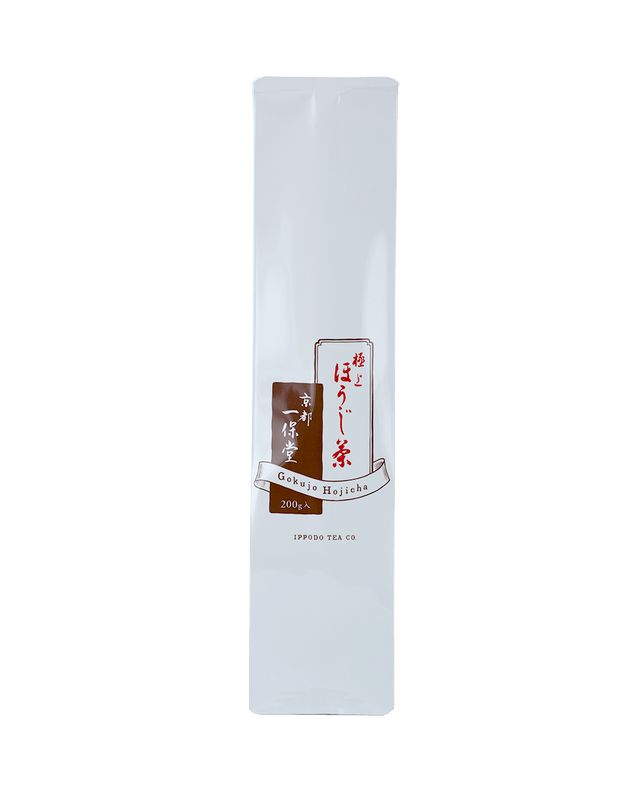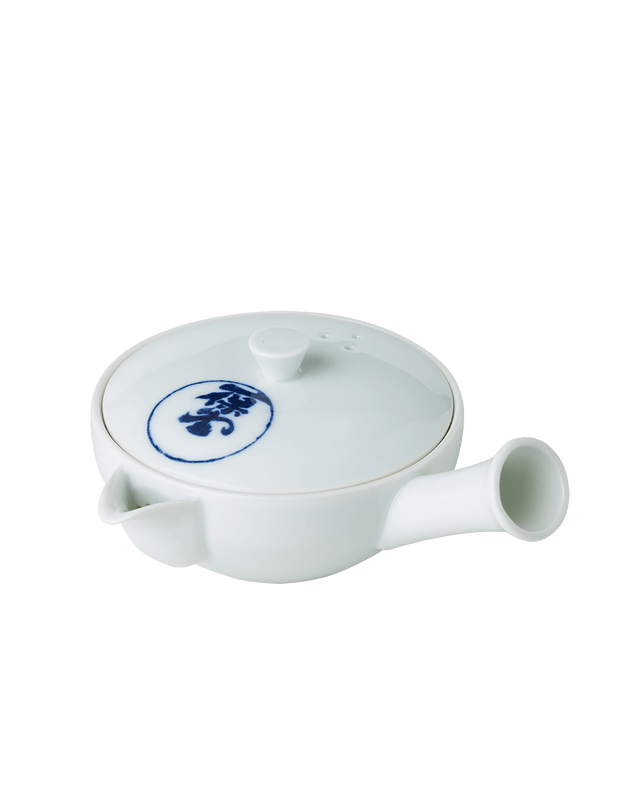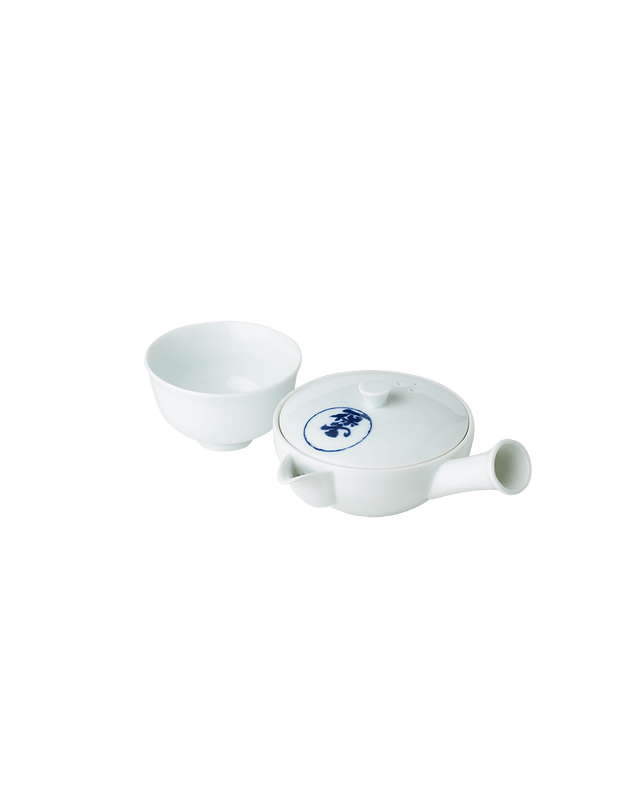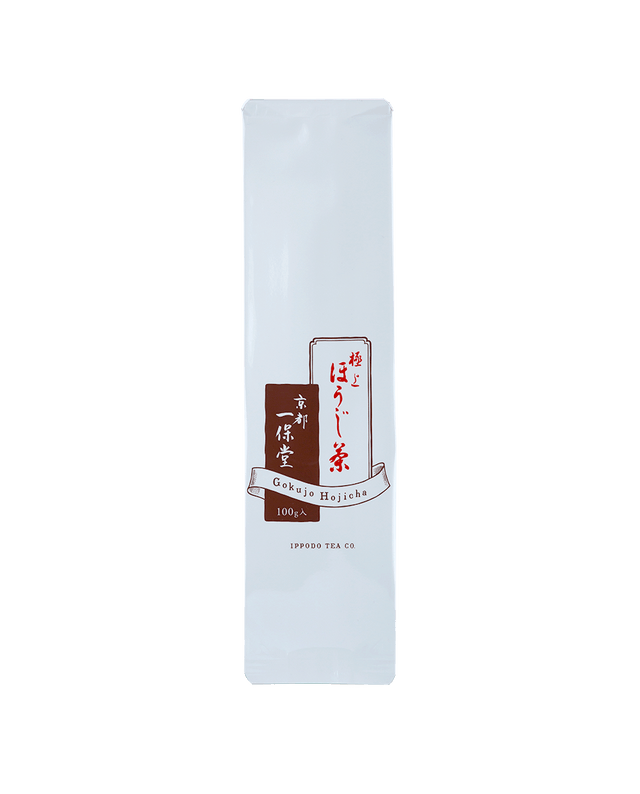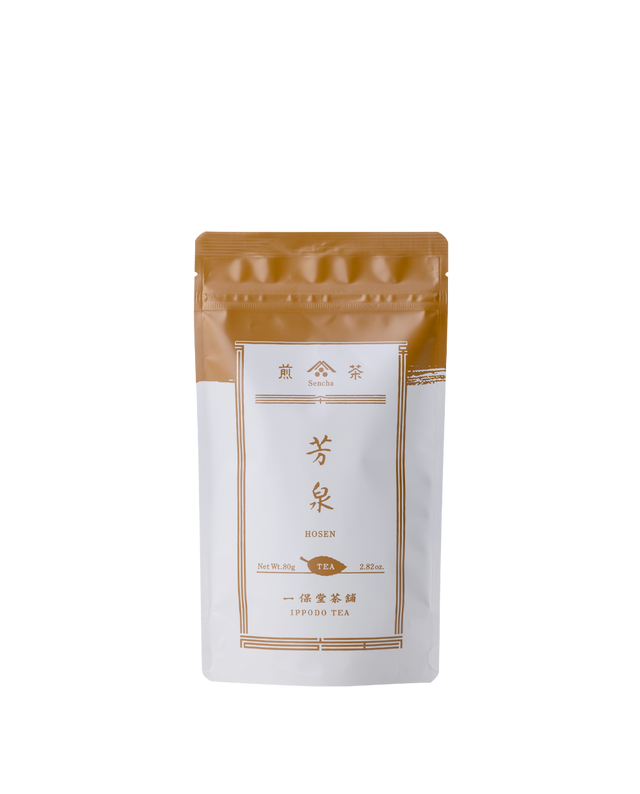This shallow kyusu allows you to clearly see the tea leaves. Appreciate how different the tea leaves look with each potful!
Gyokuro and sencha tea leaves possess an attractive dark green colour. With each pot of tea you make using the same tea leaves, the green, tightly twisted tea leaves slowly change colour and gradually unravel.
If you take the lid off right after preparing the tea, and carefully observe how the tea leaves and their fragrance have changed, you can tell whether the water was too hot, or you brewed the tea too long, or whether you made a perfect batch of tea.
Developing a better understanding of the tea leaves allows you to make fine adjustments to how you prepare the tea. We want you to experience close up how they change colour and shape, and their fragrance. This kyusu was designed with the aim of allowing you to pay closer attention to the tea leaves. It's also great for people who have never had a kyusu before.
Black brings out the vivid green of the tea leaves.
Inspection is an absolutely essential part of producing Ippodo tea. We check tea leaves in an inspection room that faces north and has stable lighting, with no direct sunlight, and use a specially designed black examination tray on a black counter to view the shape and lustre of the tea leaves, and see how they feel and smell, and we also use them to prepare tea. Black is a darker colour than the tea leaves, so it is less affected by light, making it easier to view the tea leaves clearly. This Black Kyusu Teapot allows you to see exactly what’s going on with the tea leaves. Enjoy seeing how the tea leaves change shape and colour each time you make another pot using the same leaves.
 A pot full of tightly twisted dark green tea leaves, and one with vivid green leaves, unravelled after the first brew.
A pot full of tightly twisted dark green tea leaves, and one with vivid green leaves, unravelled after the first brew.
How do Ippodo staff use it?
After each brew, we take the lid off and check the leaves, noticing how they change in appearance. Many of us drink sencha to wake up in the morning, genmaicha with meals, and hojicha at night. Alternating between different types of tea like this is part of the fun of Japanese tea. The kyusu also makes a good gift for friends who enjoy Japanese tea.

Large lid and opening make adding tea leaves and cleaning up easy
The tablespoon is the fundamental unit for measuring tea leaves in our instructions for preparing Ippodo tea. The size of the opening has been designed to easily accommodate a tablespoon.

Shallow design makes it easier to see the tea leaves
When you add water to this kyusu, which is about 5 cm deep, the tea leaves suddenly take on a fresh, vivid appearance. You can almost taste their delicious flavour just looking at them.

Long handle makes it easy to use with one hand
The handle allows you to get a firm grip, making you feel at ease while using it. We’ve also made a left-handed version to ensure that everyone can use it.

Tapered base for cradling the kyusu with your finger when pouring
Using the kyusu with one hand, place your thumb on the lid and cradle the body with your index finger by extending it to the tapered base. Holding the kyusu like this keeps it stable when pouring.

Non-drip spout makes pouring easy
The non-drip spout proves its worth when pouring two or more cups of tea, which requires pouring a little at a time into each teacup, over and over, stopping the stream mid-flow when you move to the next cup.

The lid and body fit perfectly, creating a custom seal
The lid and mouth of the kyusu have been custom-shaped to fit each other perfectly so that tea does not leak when pouring. The knob is also easy to hold when removing the lid.

Strainer with fine holes allows you to pour quickly
The tea leaves tend to gather at the built-in strainer when pouring. Having many fine perforations ensures a good flow of tea, enabling fine control over brewing time and helping you achieve a consistent flavour.
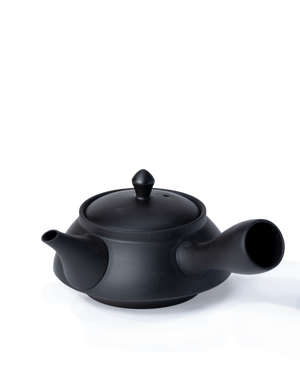
- Black Kyusu Teapot (Tokoname-yaki)
- Box size : W17.0×D14.0× H8.4cm
- About Kyusu Teapot :
- Capacity:240ml(8 oz.)
- Weight:210g
- Dimensions: Lid opening Dia. 11.0, H 7.5 cm (excl. handle and spout)
- Made in: Aichi Prefecture, Japan (Tokoname-yaki)
- Dishwasher safe?: No (Not recommended because spout chips easily)
- Dishwashing detergent OK?: No (Not recommended because material can take on odour of detergent)
- Bleach OK?: No
- Microwave oven OK?: No
